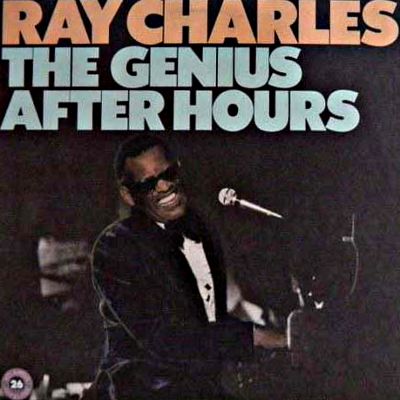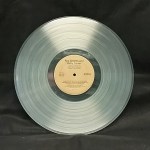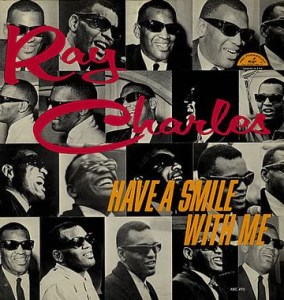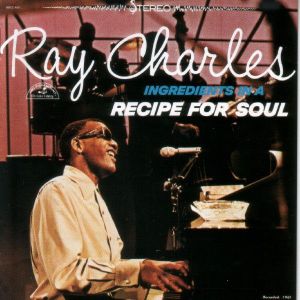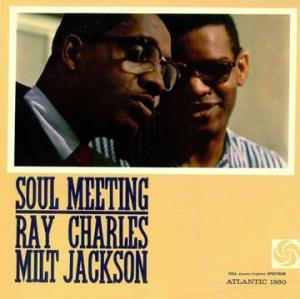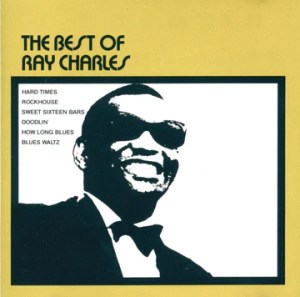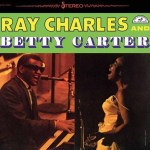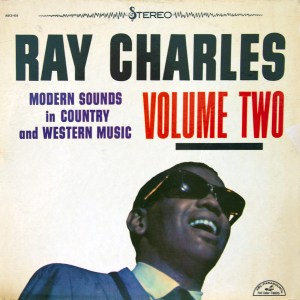More of the Music of Ray Charles
Yet Another Record We’ve Discovered with (Potentially) Excellent Sound
Proof positive that there is nothing wrong with remastering vintage recordings if you know what you’re doing. These sessions from 1956 (left off of an album that Allmusic liked a whole lot less than this one) were remastered in 1985 and the sound — on the better copies mind you — is correct from top to bottom.
The highest compliment I can pay a pressing such as this is that it doesn’t sound like a modern remastered record.
 It sounds like a very high quality mono jazz record from the 50s or 60s.
It sounds like a very high quality mono jazz record from the 50s or 60s.
Unlike modern recuts, it doesn’t sound EQ’d in any way.
It doesn’t lack ambience the way modern records do.
It sounds musical and natural the way modern records rarely do.
If not for the fairly quiet vinyl, you would never know it’s not a vintage record. The only originals we had to play against it were too noisy and worn to evaluate critically. They sounded full, but dark and dull and somewhat opaque.
And although it is obviously a budget reissue, it sure doesn’t sound cheap to these ears.
Tender Loving Care?
Was it remastered with great care, or did the engineer just thread up the tape on a high-quality, properly calibrated deck and say “Nice, sounds good, let her rip”? Either explanation works for me, because I really don’t care who made the record or how much work they put into it. In the case of The Genius After Hours it seems they found the real master tape and just did their job right, the way mastering engineers — well, some of them anyway — have been doing for decades.
A scant ten years later, Bernie Grundman, a true Hall of Famer, started cutting for Classic Records and ruined practically every tape handed to him.
Our explanation? We don’t have one!
We played many of the Classic Records that came our way and reported our findings.
We sold the ones we thought sounded good to us and didn’t bother with the rest.
Just like we’re doing now. The biggest difference here is that we are evaluating a single copy, with these specific qualities, and guaranteeing that you either love it or you get your money back.
Something to Keep in Mind
The first copy of the album I got my hands on and needle-dropped blew me away with its big, clear, solid mono sound. Close to a year later when we had enough copies to do this shootout, sure enough it won. That rarely happens — in a big pile of records there’s almost always something better than whatever we’ve heard — but it happened this time.
Imagine if I had played one of the bad sounding or noisy ones to start with. It’s unlikely I would have been motivated to pursue the title and consequently the shootout we just did would never have happened. Lucky for us all that that first copy was so good.
